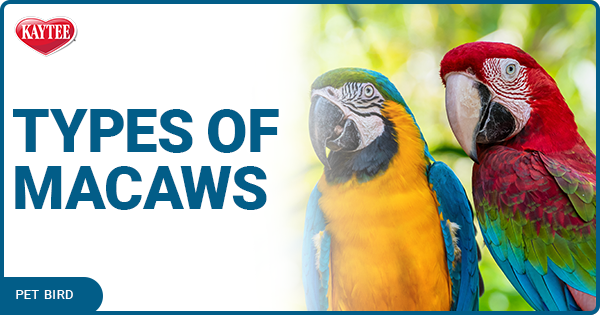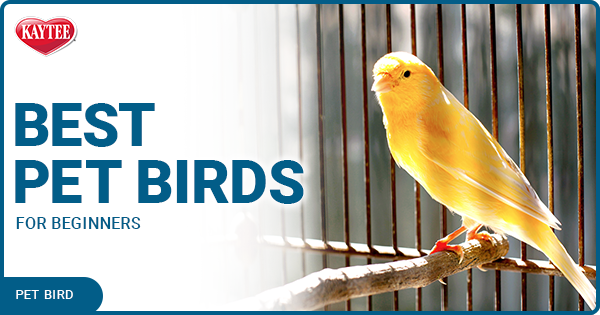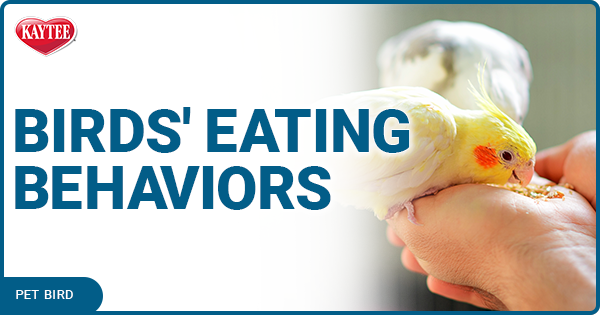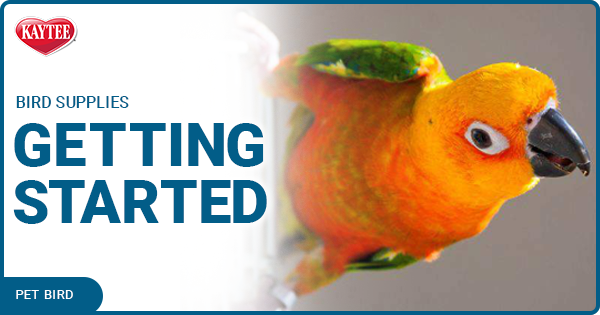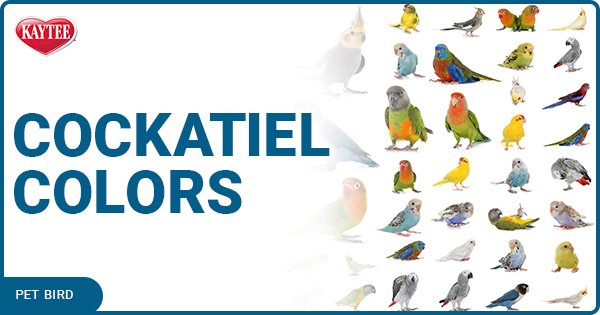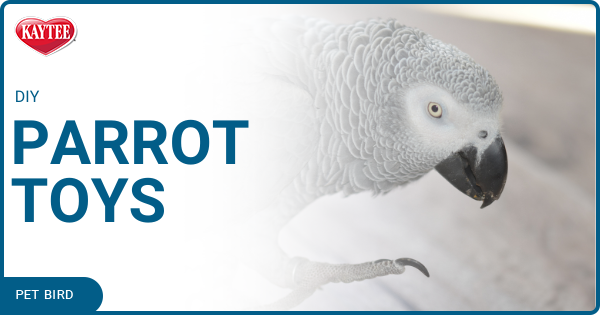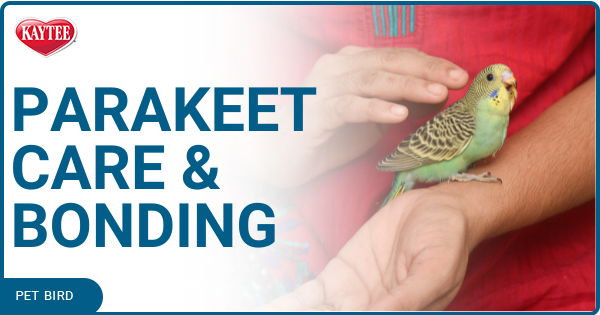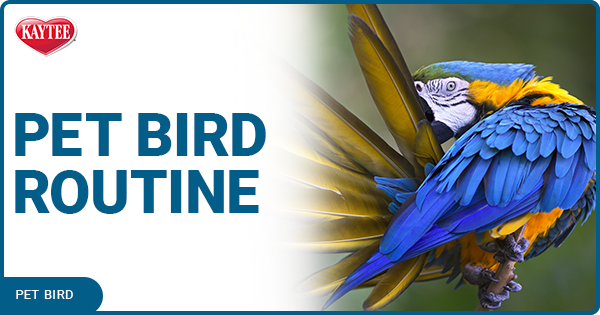How Long Do Parakeets Live: Parakeet Lifespan
Parakeets can be wonderful feathered family members, but are you prepared for just how long a parakeet may be part of your family? Knowing how long parakeets live can help you be comfortable committing to proper care for a full parakeet lifespan.
What Is A Parakeet?
“Parakeet” is a generic term that can apply to a wide range of small, colorful parrots. These birds generally have slender builds and long, tapering tails. They are intelligent and curious, easy to train, and often learn to mimic human speech and other sounds. Parakeets are birds that live active, energetic lives.
There are more than 100 parakeet species worldwide. It can get confusing to identify parakeets because many of these birds go by different names in different areas, or pet birds may have different names than the same birds in the wild. The most popular pet parakeets include:
- Budgerigar (Melopsittacus undulatus) – Also called the shell parakeet, the budgerigar is the most popular pet parakeet and comes in several bright colors, including blue, green, yellow, and white. In the wild, these birds are found in Australia.
- Ring-Necked Parakeet (Alexandrinus krameri) – This green parakeet with a thin black collar is also called the rose-ringed parakeet or Indian ringneck parakeet. They are found throughout sub-Saharan Africa and into India.
- Monk Parakeet (Myiopsitta monachus) – Also known as the Quaker parrot, the monk parakeet is native to South America, from Paraguay and Uruguay into Argentina. These green parakeets have a gray face and blue wings.
- Alexandrine Parakeet (Palaeornis eupatria) – Found in India with a wide range stretching to Thailand, these birds are also called Alexandrine parrots and are green with a black collar, red bill, and red wing patch.
- Canary-Winged Parakeet (Brotogeris versicolurus) – Also called white-winged parakeets, these birds are found in Brazil and Peru. They are green overall with relatively short tails, and have a bright yellow patch on the wings.
- Lineolated Parakeet (Bulborhynchus leneola) – These smaller parakeets may be green, blue, or white as pets, and have short tails and a scaly appearance. Also called barred parakeets, these birds are found from southern Mexico to Peru.
- Sun Conure (Aratinga solstitialis) – These colorful birds are orange and yellow overall, with a red face and green-and-blue wings and tail. Also called sun parakeets, they are found in northern Brazil and Guyana.
- Plum-Headed Parakeet (Himalayapsitta cyanocephala) – With a pink-purple head, orange bill, turquoise neck, green body, and blue tail, these colorful parakeets are a pet favorite and may also be called plum-headed parrots. In the wild, they are found in India.
How Long Do Parakeets Live?
The lifespan of a parakeet can vary widely depending on the species. The bird's overall health and how it is cared for can also dramatically affect how long pet parakeets live. In general, the most popular pet parakeet lifespans are…
- Budgerigar – 15-20 years
- Ring-Necked Parakeet – 30-35 years
- Monk Parakeet – 15-20 years
- Alexandrine Parakeet – 35-40 years
- Canary-Winged Parakeet – 12-15 years
- Lineolated Parakeet – 10-20 years
- Sun Conure – 15-30 years
- Plum-Headed Parakeet – 15-20 years
Wild parakeets tend to have shorter lives than their pet counterparts. Wild birds must battle constant hazards, including evading predators, competing for limited food resources, adapting to climate change, and surviving disease outbreaks. Pet parakeets, on the other hand, are pampered with balanced diets, veterinary care, controlled environments, and engineered safety. With the proper care, every pet parakeet can reach its maximum lifespan.
Giving Your Pet Parakeet A Long Healthy Life
The key to helping your pet parakeet live as long as it can is to take the best possible care of it.
- Provide good nutrition and clean water. All pet birds need a balanced diet and plenty of fresh water. A healthy blended diet with fruits and vegetables is ideal, and fortified treat sticks add extra variety and nutrition. Water should be available in a clean bottle for easy drinking.
- Encourage exercise and activity. Parakeets need plenty of exercise for their physical and mental health. Provide varied toys for mental stimulation, or choose a desktop activity center for climbing fun that can be moved from place to place for more enjoyment.
- Create a safe environment. Keep a pet parakeet safe by using an appropriate cage with plenty of room for movement, and position the cage away from vents or drafts. The bird should also be safe from four-legged family members, including cats and dogs.
- Interact with your pet. Parakeets are social creatures and will love interacting with their family. Practice tricks and training, spend time with your parakeet, and talk and sing with them to provide both mental stimulation and exercise as you bond.
- Schedule regular vet visits. Annual checkups with an avian veterinarian are essential to keep your pet parakeet in the best health. Choose a vet with parakeet experience and schedule visits whenever your bird seems a bit off to catch illnesses or injuries right away.
With thoughtful care, every pet parakeet can have a long, healthy, enjoyable lifespan, and these birds can be happy members of your family for many wonderful years.
Sources:
World Birds, Lifespans in captivity and wild, general characteristics
Animal Diversity Web, Lifespans in captivity and wild Sun Conure
Budgie Community, Tips for a Long Lifespan
Parakeet Home, Tips for a Long Lifespan (Budgies)
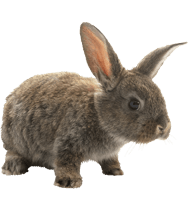
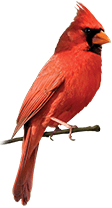
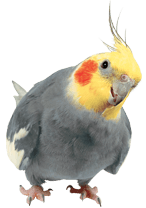
.png?h=315&iar=0&w=600&hash=D97DB36D5E3F21371C65308B485A4F28)
